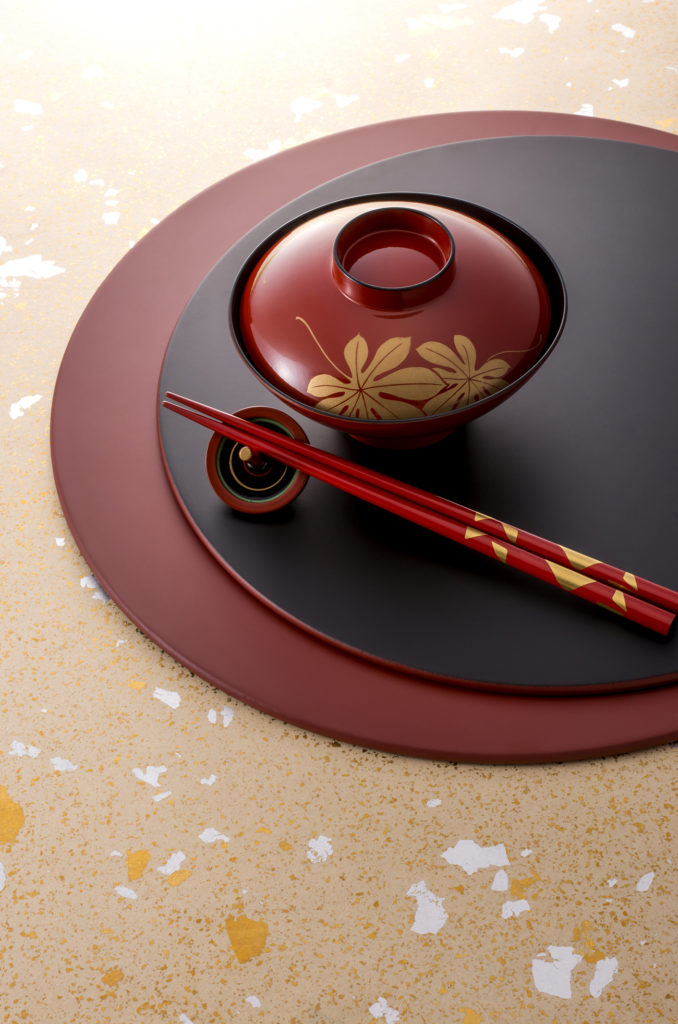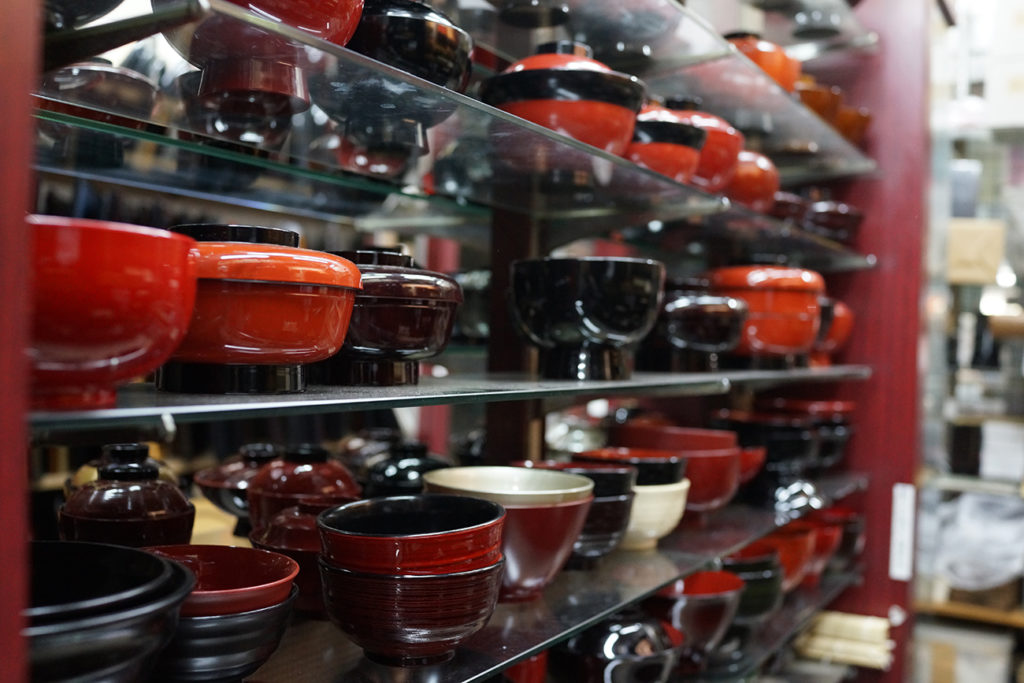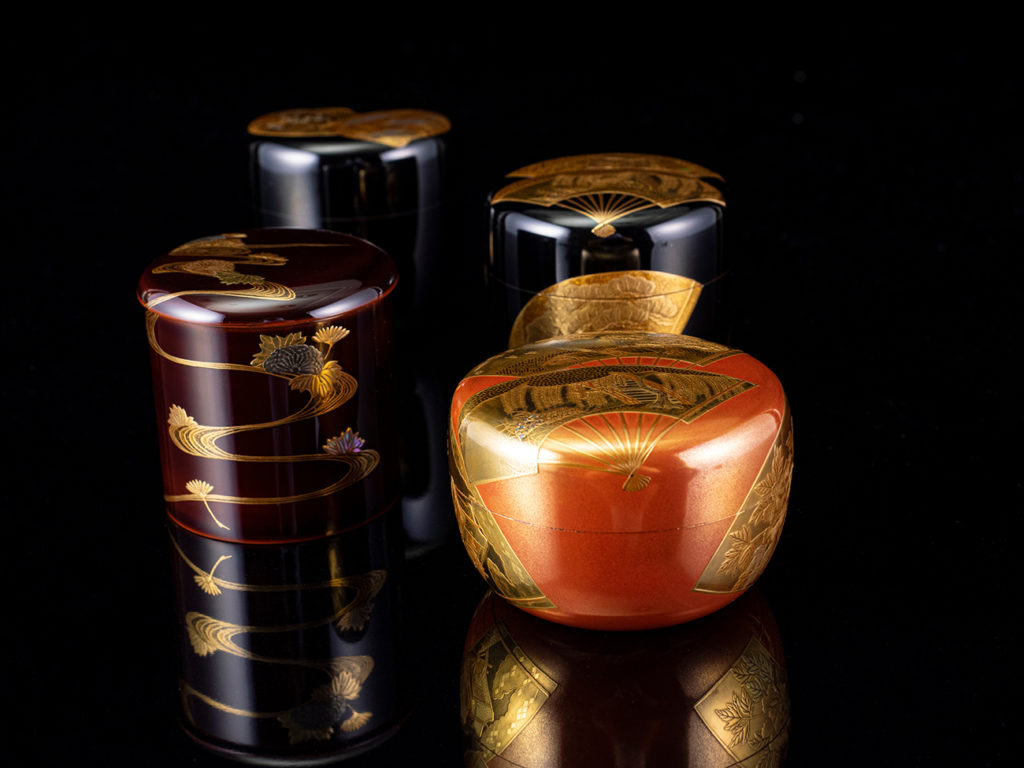
Japanese Lacquerware 101
Lacquerware is a traditional Japanese craft that’s centuries old. It consists of a wide range of fine, decorative arts. Lacquer can be traced as far back as 7,000 BCE during the Jōmon period. Evidence of this was discovered at the Kakinoshima “B” Excavation Site in Minamikayabe Town (北海道の南茅部町の垣ノ島B遺跡) in Hokkaido.
Lacquerware is made by coating and recoating materials like bamboo and wood. Lacquer of urushi comes from the varnish made from the sap of the Japanese lacquer tree, a tall deciduous tree in the cashew family. Lacquer is known to have as much protective strength as paint, and when made properly is resistant to alkali, acid, and friction. It is lightweight and durable, and lacquering is a favorite technique for coating most Japanese everyday things.
The precious and lethal sap
Lacquerware is referred to in Japan by a number of terms. Shikki (漆器), lacquer ware in Japanese, is the most literal. Other terms are nurimono (塗物) which means “coated things,” and urushi-nuri (漆塗), meaning “lacquer coating.”
The sap of the tree produces an oil also found in poison ivy. The sap of the lacquer tree is poisonous to the touch until it dries, and the creation of lacquerware is practiced only by well trained and dedicated artisans.The word “urushi” is said to come from two Japanese words — “uruosu”, which means “to moisten,” and “uruwashi” meaning beautiful. Before urushi was used as a lacquer, tips of spears were dipped in it to make them stronger, and it was also discovered to be a durable adhesive. This became very useful as a decorative technique.
Knowing quality lacquerware
There are several quality lacquerware brands to choose from when in Japan. But the best way to know you are getting good quality is by getting lacquerware from an urishi artisan. You can also check for associated seals and paperwork that authenticates Japanese handicrafts.

